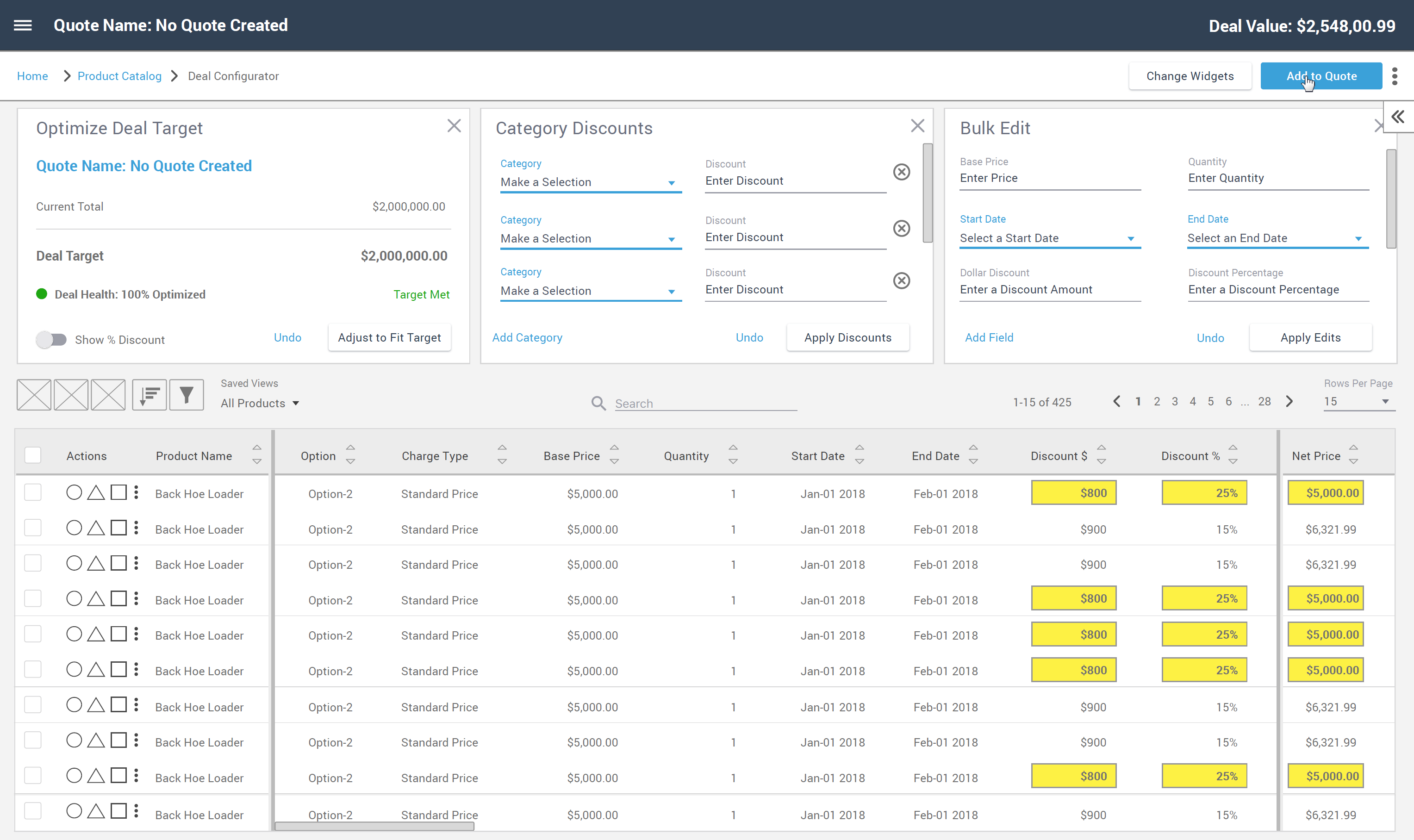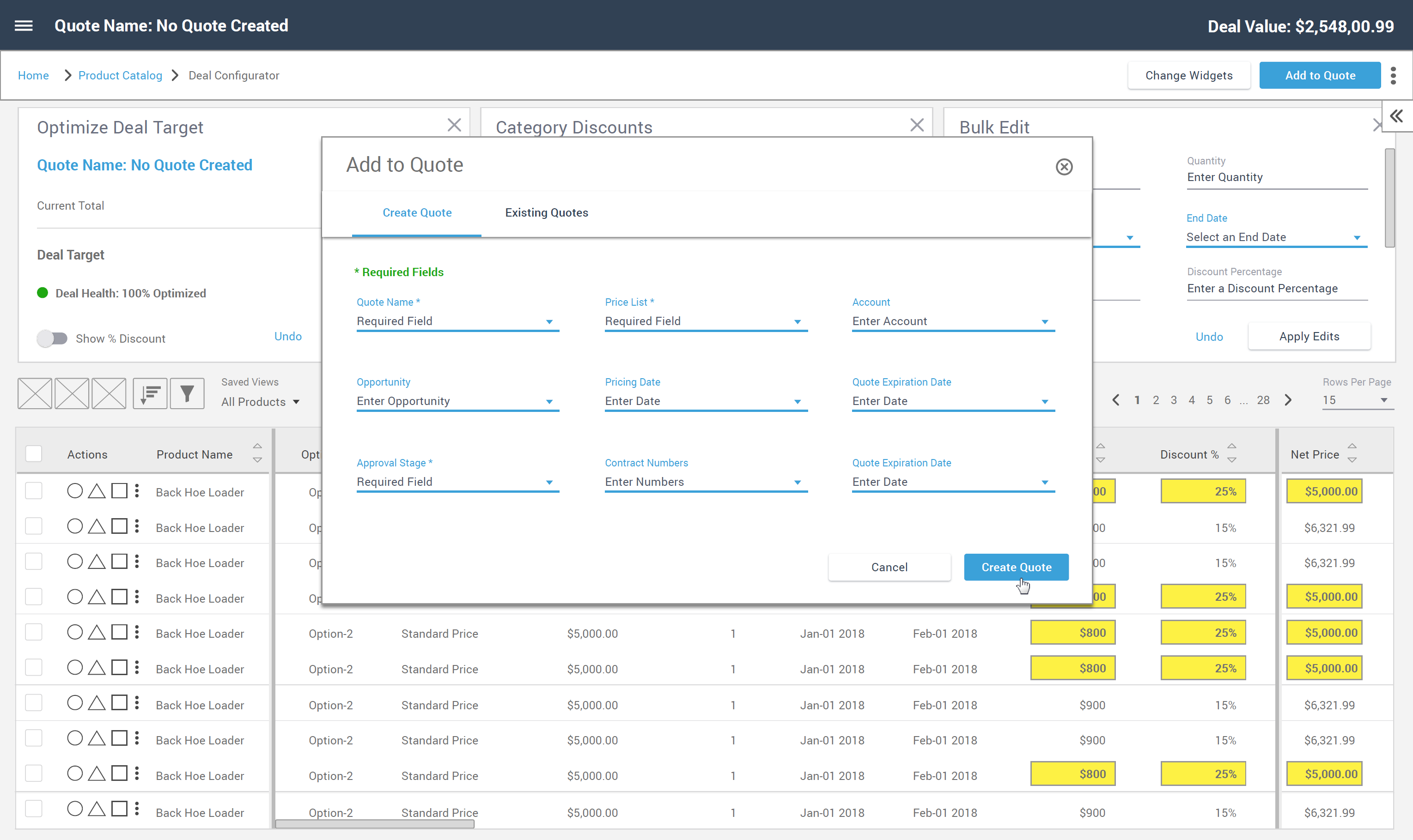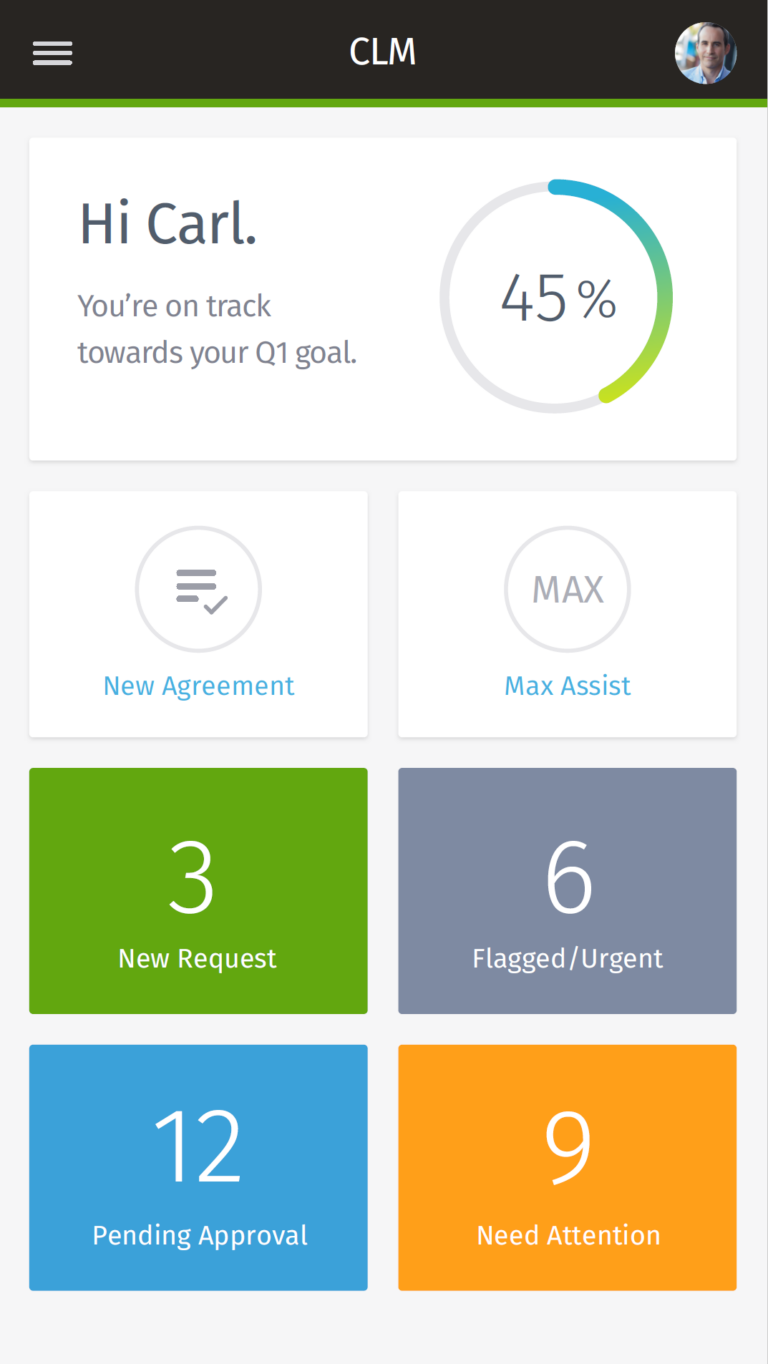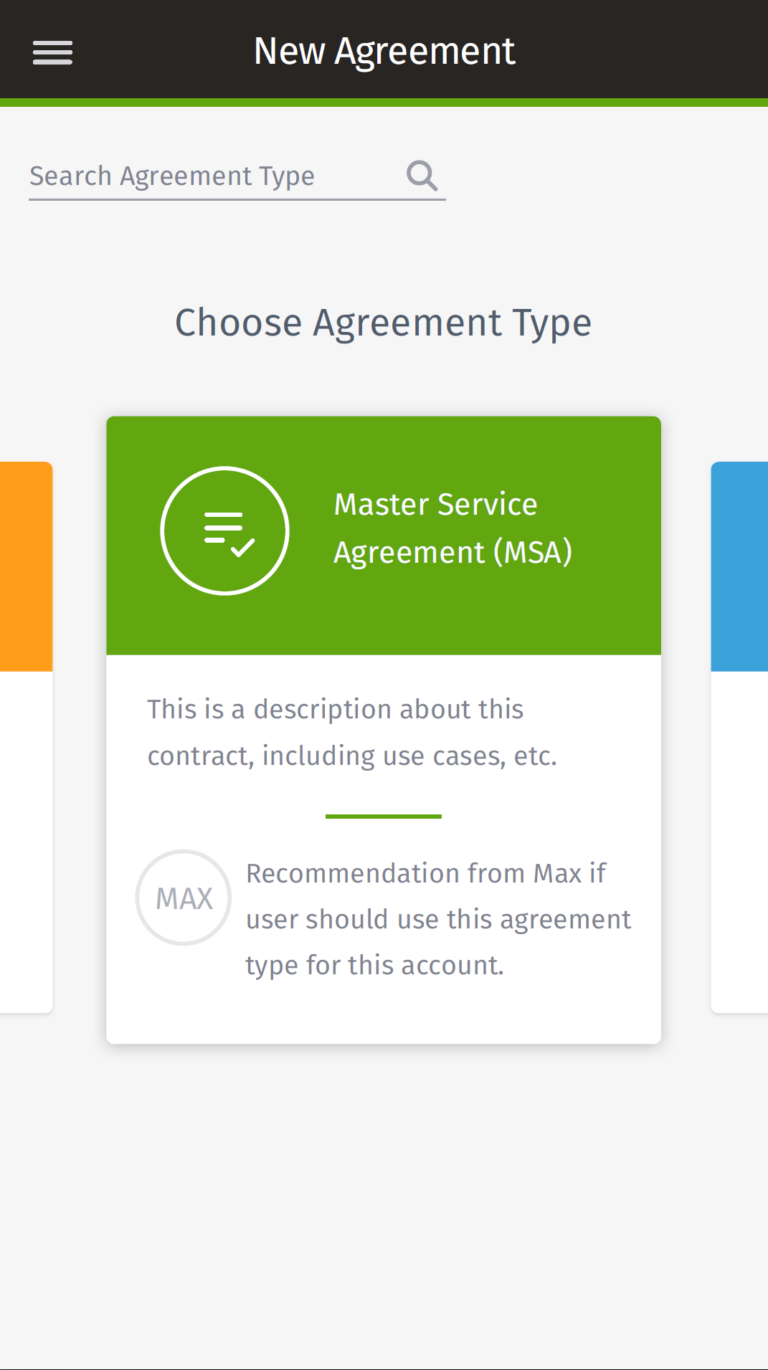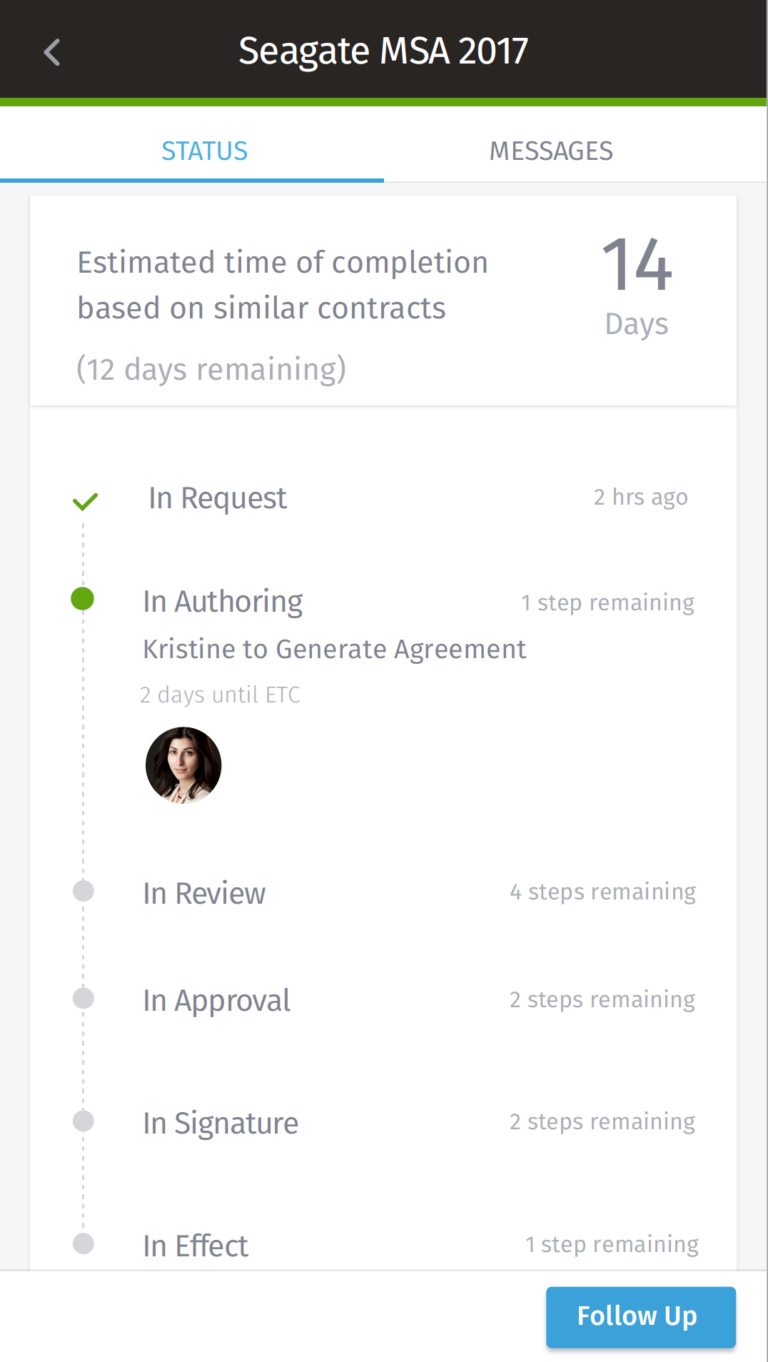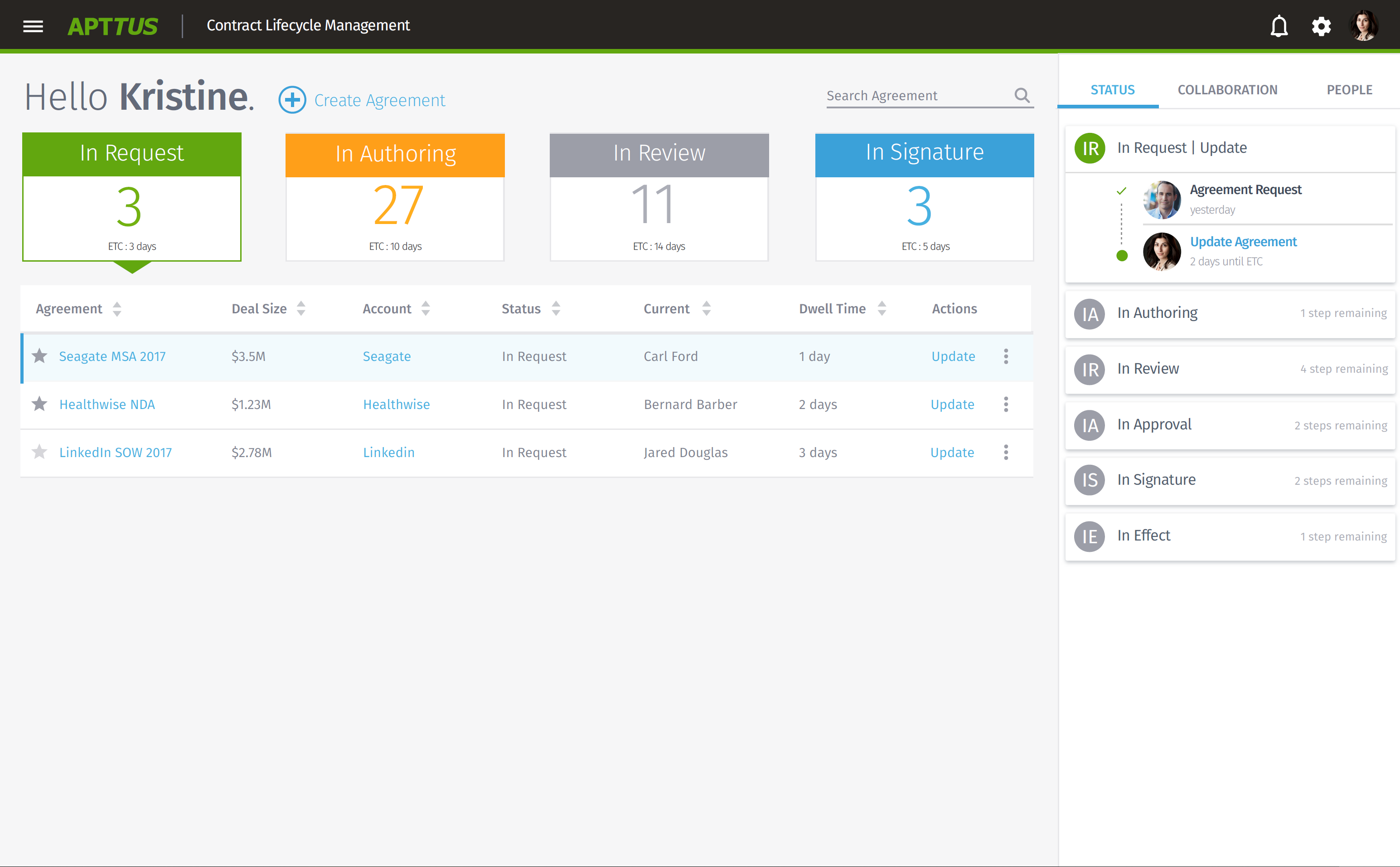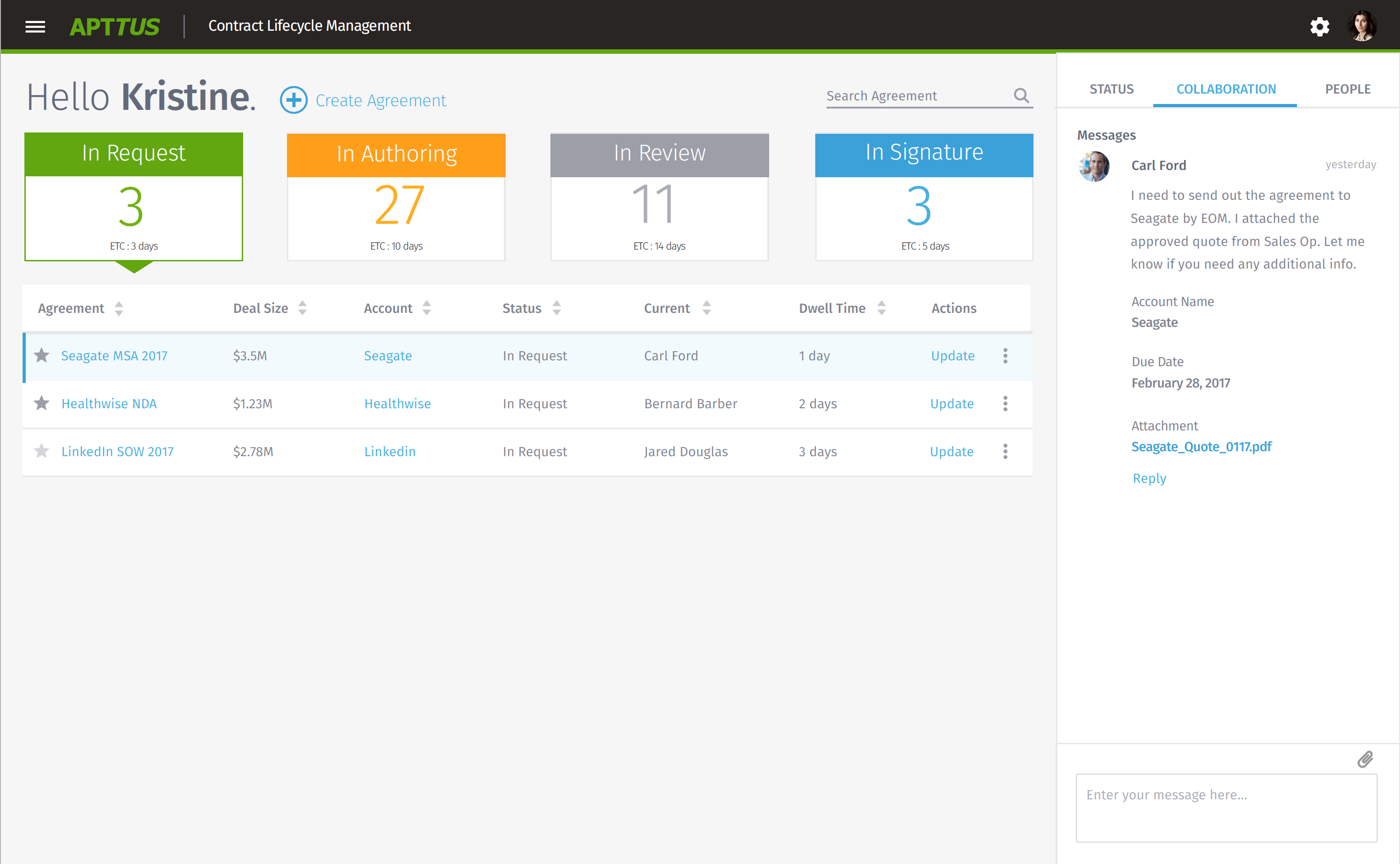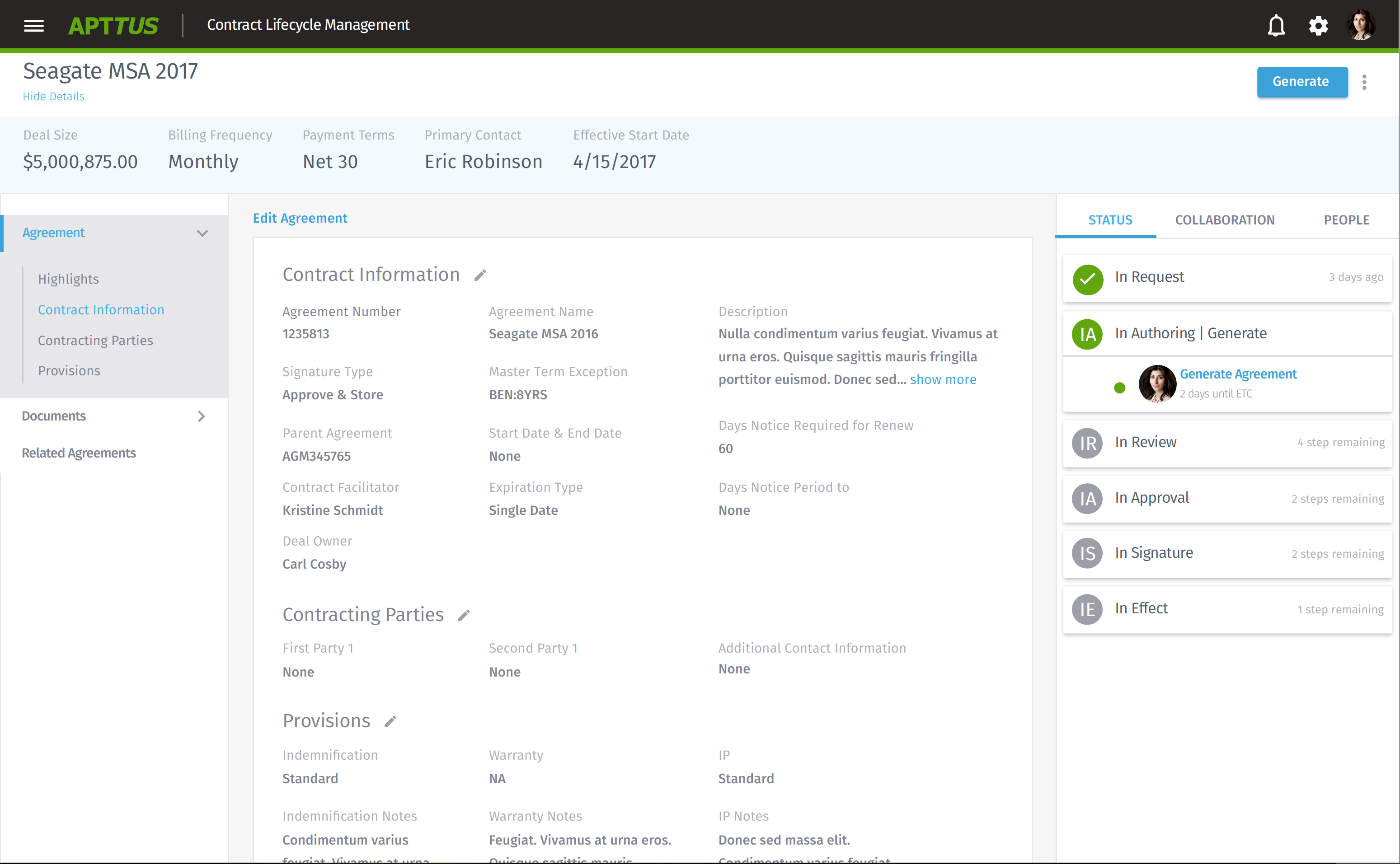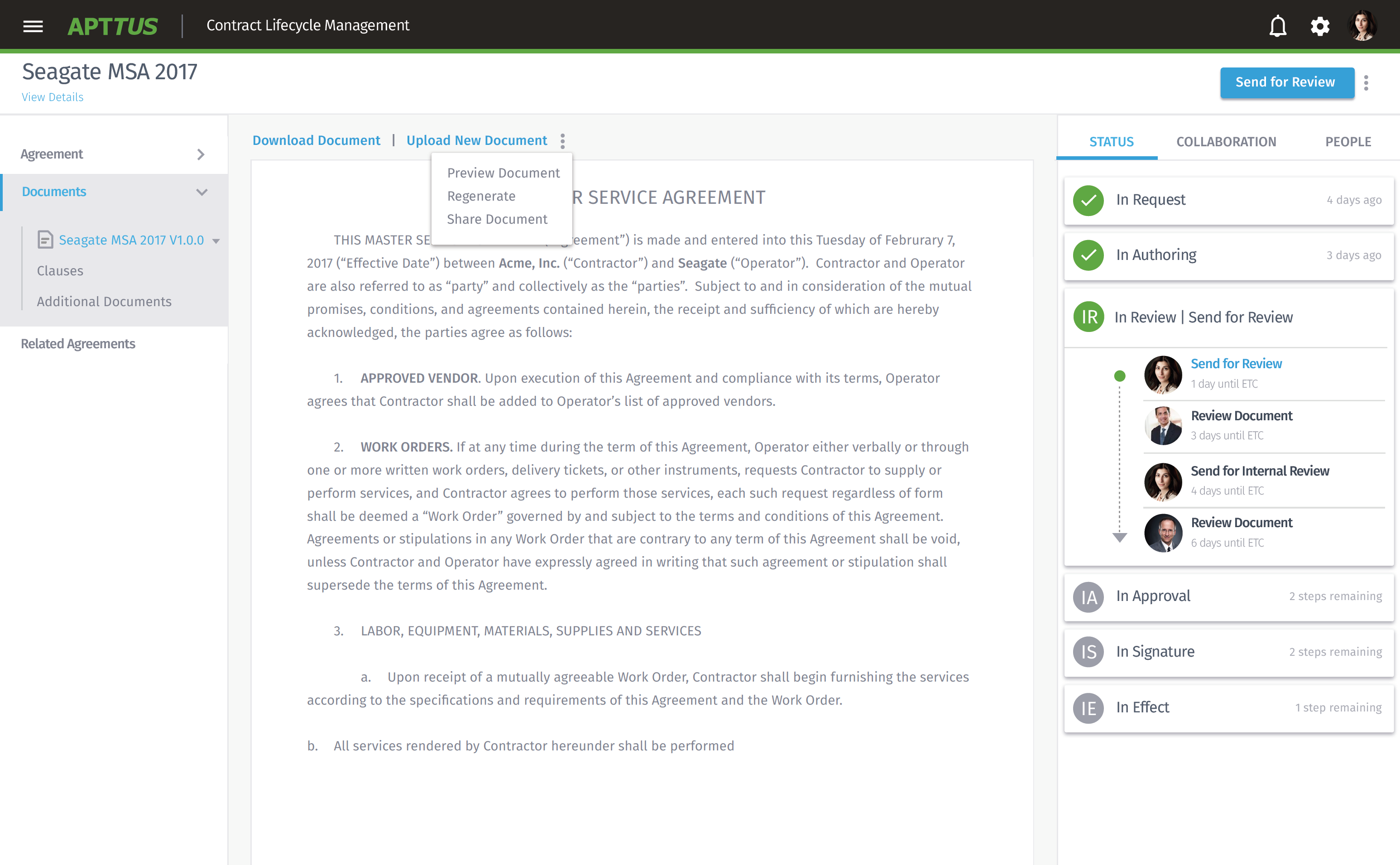AI Enhanced Contract Management System
An application to help sales professionals track and close deals
Problem
Initially the application was intended as a better replacement for the myriad of Excel files the sales personnel had been using to keep track of their deals. Unfortunately, the initial design relied heavily on many of the Excel paradigms, making the application look and feel more like a spreadsheet in the cloud. Furthermore, there was no mobile support in a time when more and more people worked away from their desks and needed critical information while on the road.
Solution
- Update and improve the visual style guide to ensure design consistency across different views
- Create an interaction style guide to standardize component behavior between several applications
- Introduce user centered interaction models, which led to a modern look and feel based on actual customer feedback
- Establish a mobile first design approach (enhanced by AI agents) to allow customers the flexibility they desired
- Provide a flexible solution that could easily be modified for “white label” solutions for customers with specific requirements
Team
- Head of Design
- Senior Product Designers
- Senior Visual Designers
- Design Technologist
■ Product Marketing Managers
■ Product Managers
■ Sales Representatives
■ Developers
Design Vision
This was a strategic release for the company. It was meant to solidify our top contender position in the quote-to-cash space and ensure the feature and usability gap between us and our competitors widened. Therefore, it was vital to develop and adopt a design vision to inspire and rally the organization. To accomplish this goal I followed a series of steps:
- Gathered inputs from the stakeholders to inform the vision
- Facilitated brainstorming sessions separately with each team and together to refine the vision
- Defined the deliverables for each definition stage
- Delivered and got company-wide acceptance of the product vision
Process
requirements and user feedback analysis
Over several meetings with the internal stakeholders we finalized the functional requirements for the new version. In parallel, the design team ran baseline testing on the current application to establish a basis for usability metrics in the new release. During the internal meetings it had become obvious the team had no clear picture of who our customers are nor what were their mental models. To rectify the situation we ran several ethnographic studies and built a set of personas. With the help of this tool the team had a common language to describe and think about the target users and their characteristics and how those characteristics would influence functionality.
EARLY CONCEPT WIREFRAMES
We agreed on a set of personas to target for the release.Having a common language to describe our users made it a lot easier for the design team to conceptualize their designs as well as communicate those designs more effectively to the other teams. We went through several rounds of rapid iteration prototyping including usability testing. For example it helped us iterate more efficiently through the AI agents integration into the product.
final design
This was a strategic release for the company. It was meant to solidify our top contender position in the quote-to-cash space and ensure the feature and usability gap between us and our competitors widened. Therefore, it was vital to develop and adopt a design vision to inspire and rally the organization. To accomplish this goal I followed a series of steps:
- Gathered inputs from the stakeholders to inform the vision
- Facilitated brainstorming sessions separately with each team and together to refine the vision
- Defined the deliverables for each definition stage
- Delivered and got company-wide acceptance of the product vision
Results
In this release we achieved a seamless integration between a mobile and web experience for an enterprise level application (B2B). This integration was facilitated by the integration and user adoption of the AI agents. In particular we accomplished:
- A 28% reduction in the length of time to close deals due to sales pitches incorporating the new experience
- An increase of 13% of the amount of new deals closed
- A 78% customer satisfaction increase

